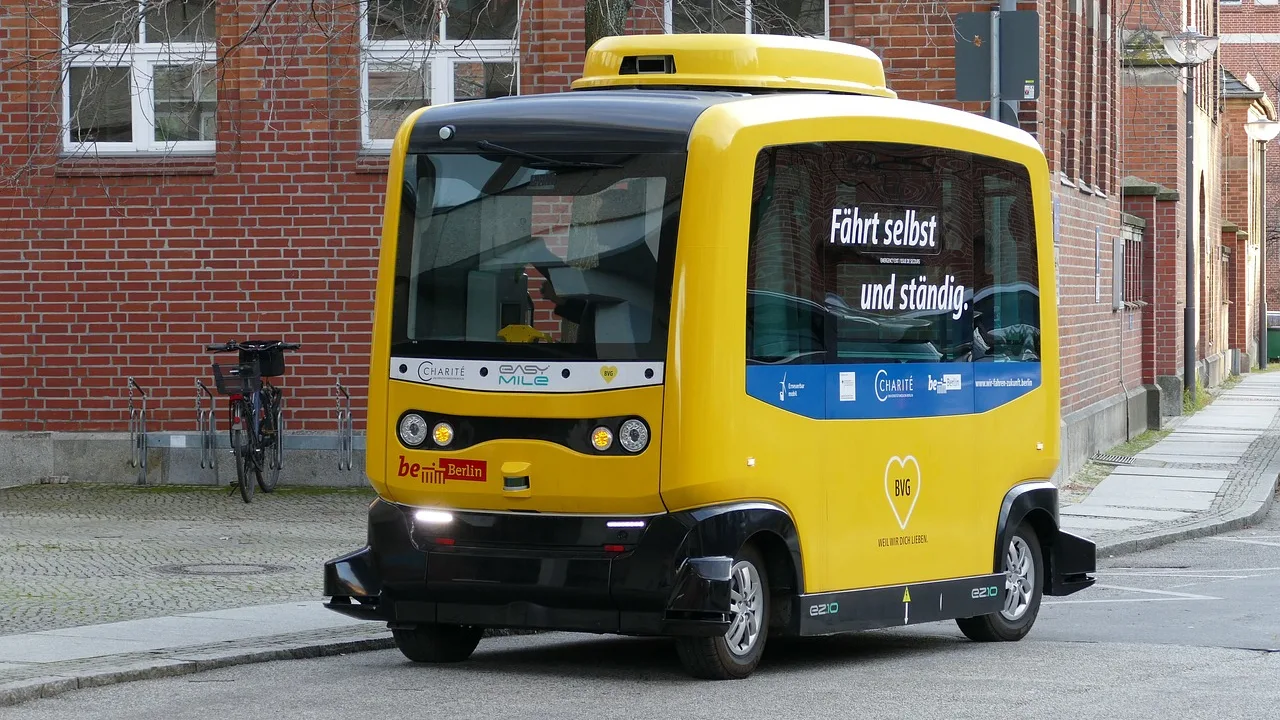The development of entirely self-driving automobiles is being boosted by expansions in artificial intelligence (AI), which is instigating an affected move in the automotive division. Autonomous vehicles have always been captivating because they provide the opportunity of a well-organized, harmless, and comprehensively obtainable transportation system in the future. Even though there has been a lot of development, there are still many scientific, legitimate, moral, and sociological complications in the way of totally autonomous automobiles.
It’s challenging to guess when entirely self-driving automobiles will reach. Technological advancement, governmental obstructions, and public approval are all touching at different speeds and hits in complicated moves. But we can get an enhanced indication of the path forward by examining the existing condition and looking into other timelines.
When will AI cars be fully self-driving? The state of self-driving car technology:
The auto zone has seen significant developments in autonomous vehicle technology. To commercialize self-driving automobiles, numerous production companies are making significant investments in research and development.
For example, innovative driver-assistance systems are used by Tesla’s Autopilot to deliver structures like adaptive cruise control and lane-keeping assistance. Tesla’s Autopilot is a stage on the right track, but it is not yet proficient in fully autonomous driving and still necessitates driver intervention. However, in certain geofenced locations, Waymo, a division of Alphabet, the parent company of Google, has been testing completely autonomous cars devoid of pedals and steering wheels.
A complicated invention of sensors, mapping technology, and artificial intelligence (AI) powers self-driving automobiles. The automobile can sense its environment, grasp traffic laws, and make driving judgments thanks to AI algorithms that process a continuous stream of data from LiDAR, radar, cameras, and GPS.
Obstacles on the Path to Full Autonomy:
Despite the progressions, several hindrances still need to be overcome before self-driving vehicles are probable:
Challenges related to technology:
Using cameras, LiDAR, and radar to dependably distinguish objects in any environment is known as sensor technology. Creating AI systems with the capability to make complicated decisions in real-time while taking unanticipated circumstances into account.
Regulatory and Lawful Obstacles:
Putting in place a wide-ranging supervisory structure that covers assurance, safety requirements, and liability for autonomous cars. Handling regulatory alterations across margins to facilitate universal execution.
- Fact Check: Is Tata Motors Really Entering the Motorcycle Industry?
- Tata Sierra Returns With a Panoramic Sunroof and Fresh Features – Launching on November 25 (Confirmed)
- The 2026 Cadillac Celestiq: Costs about the same as a Rolls-Royce Spectre
- Over-62s Face New Driving Licence Rules from November 2025 – What You Need to Know
- These Are Good Itinerary for Visiting All 48 Continental United States in 6 Months by Car
Concerns for Society and Ethics:
Addressing moral challenges that ascend when making pronouncements under possibly fatal environments. Gaining recognition of autonomous technology and the dependence of the public.
Cybersecurity Issues & Set-up Readiness:
Defending self-driving cars against online threats to evade hacking and illegal access. To enable autonomous vehicles, smart infrastructure is being industrialized, including consistent communication networks and road signage.
Establishing Public Trust
The public’s trust is eventually what will govern whether self-driving cars are accepted extensively. When permitting an AI to direct them through overfilled streets, people must feel protected and at ease.
Forecasts for Total Autonomy:
Estimating the precise moment at which self-driving vehicles will become familiar on our roads is a difficult mission. However, predictors and industry specialists offer a range of approximations:
Short Term (2025–2030): Disposition of fully self-driving cars in constrained locations, including geofenced zones or nominated lanes. Development of common vehicles’ semi-autonomous individualities.
Mid-Duration (2030–2040): self-driving technology is becoming more and more incorporated into the public transportation system, delivery amenities, ride-sharing, and other areas. Autonomous car implementation in metropolitan areas with advanced organizations is happening progressively.
Long-Term (Through 2040 and beyond): Arrangement of fully self-driving automobiles on a large scale in various places. Lessen the number of personal cars possessed by moving toward a mobility-as-a-service (MaaS) paradigm.
Conclusion:
The path to attaining completely self-driving vehicles is complex and vigorous. Even if technology is emergent more swiftly, it is still very significant to address ethical, legal, and societal issues. The potential of a future with self-driving vehicles contains more flexibility for all, safer roads, and less traffic congestion as we circumnavigate this revolutionary period in transportation. The capability of humans to work together to handle the wider implications and issues associated with this revolutionary shift in transportation will regulate whether completely self-driving cars become a reality in the future, in addition to technological progressions.
